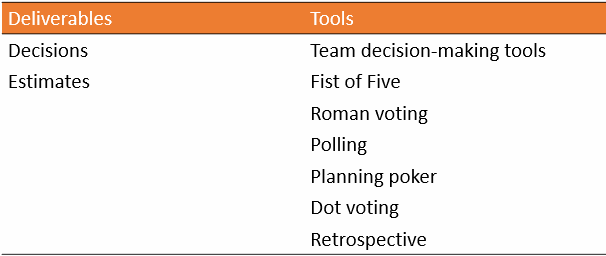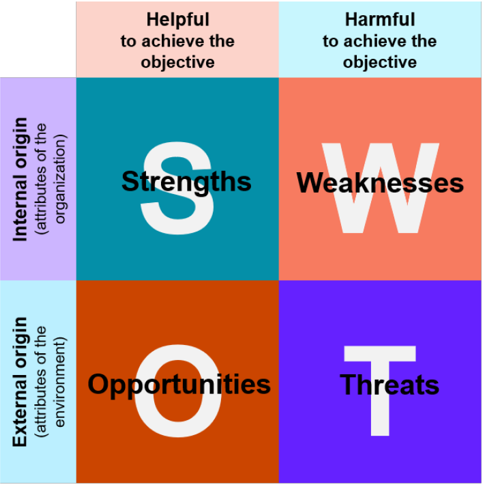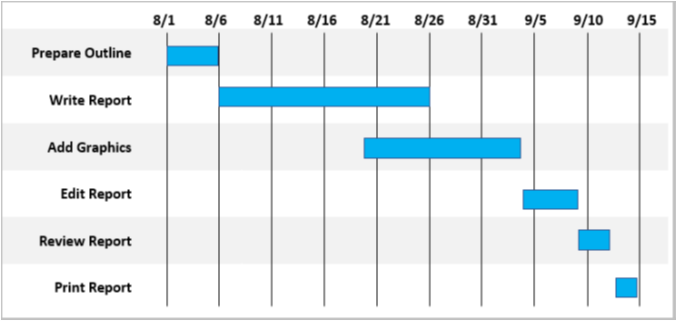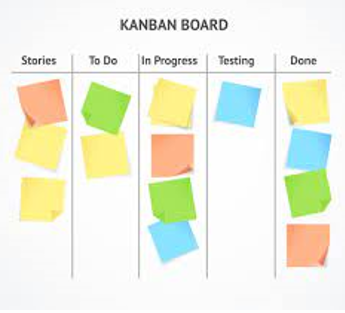Empower team members and stakeholders
Enablers
- Organize around team strengths. (ECO 1.4.1)
- Support team task accountability. (ECO 1.4.2)
- Evaluate demonstration of task accountability. (ECO 1.4.3)
- Determine and bestow level(s) of decision-making authority. (ECO 1.4.4)
Deliverables, and Tools

Team Strengths
- When forming teams, critical to understand the skills and competences need by members to perform their work and produce deliverables.
- As teams progress, they develop key strengths that the project manager can leverage to improve overall team performance.
- Identify team strengths and weaknesses to organize around team strengths.

Team Decision-Making Tools
Identifying how the team will make decisions together, and how they will resolve conflicts when disagreements arise.
As the initial Team Charter is produced, the team needs to address decision making and conflict resolution.
- Decision making
- Conflict resolution
For example, it may be highly desirable to seek consensus, but the team may want to identify how they will respond when consensus can't be reached.
One option might be to decide in advance to take the highest estimate if there are persistent disagreements.
Note: escalation processes are included in communications management plan
Estimates
The people doing the work should perform the estimating tasks because they have knowledge of:
- The risks
- Level of effort
- Potential pitfalls
Traditional project managers use hours of effort.
- Three-point estimating is one example.
Agile projects avoid using absolute time estimates.
- Story Point technique provides a unit-less measure estimation.
Team Task Accountability
Encourage team members to self-organize in determining:
- The work that needs to be done
- How to perform the work
- Who should perform it
In Agile approaches, the team commits to performing work in an iteration.
Use Gantt charts and Kanban boards to promote visibility and collaboration.


Guidelines to Evaluate Demonstration of Task Accountability
- Determine how task accountability will be tracked and managed.
- In a Work Breakdown Structure (WBS), tasks to produce the deliverables are identified, preferably by the team members who will be performing the work.
- When a WBS dictionary (or work package) is produced, each of the relevant tasks and assignees is identified, tracked, and managed.
- In an Agile approach, task identification and tracking is generally handled by the team themselves as part of iteration planning.
Retrospective
- Set the Stage—Do some kind of check-in activities to engage the team.
- Gather and Share Data— Team Performance metrics, Earned Value Analysis, etc.
- Generate Insights—What’s working? Where are challenges? Problem Analysis.
- Make Decisions—Agree on 1-2 improvements/changes to try in the subsequent iteration.
- Close—New Information, Appreciation, and Thank-Yous.
Guidelines to Determine and Bestow Levels of Decision- Making Authority
- Tasks should be identified, planned, and managed as much as possible by the team members themselves.
- Estimates should be done by the teams performing the work.
- Empower the teams to drive their own improvement.